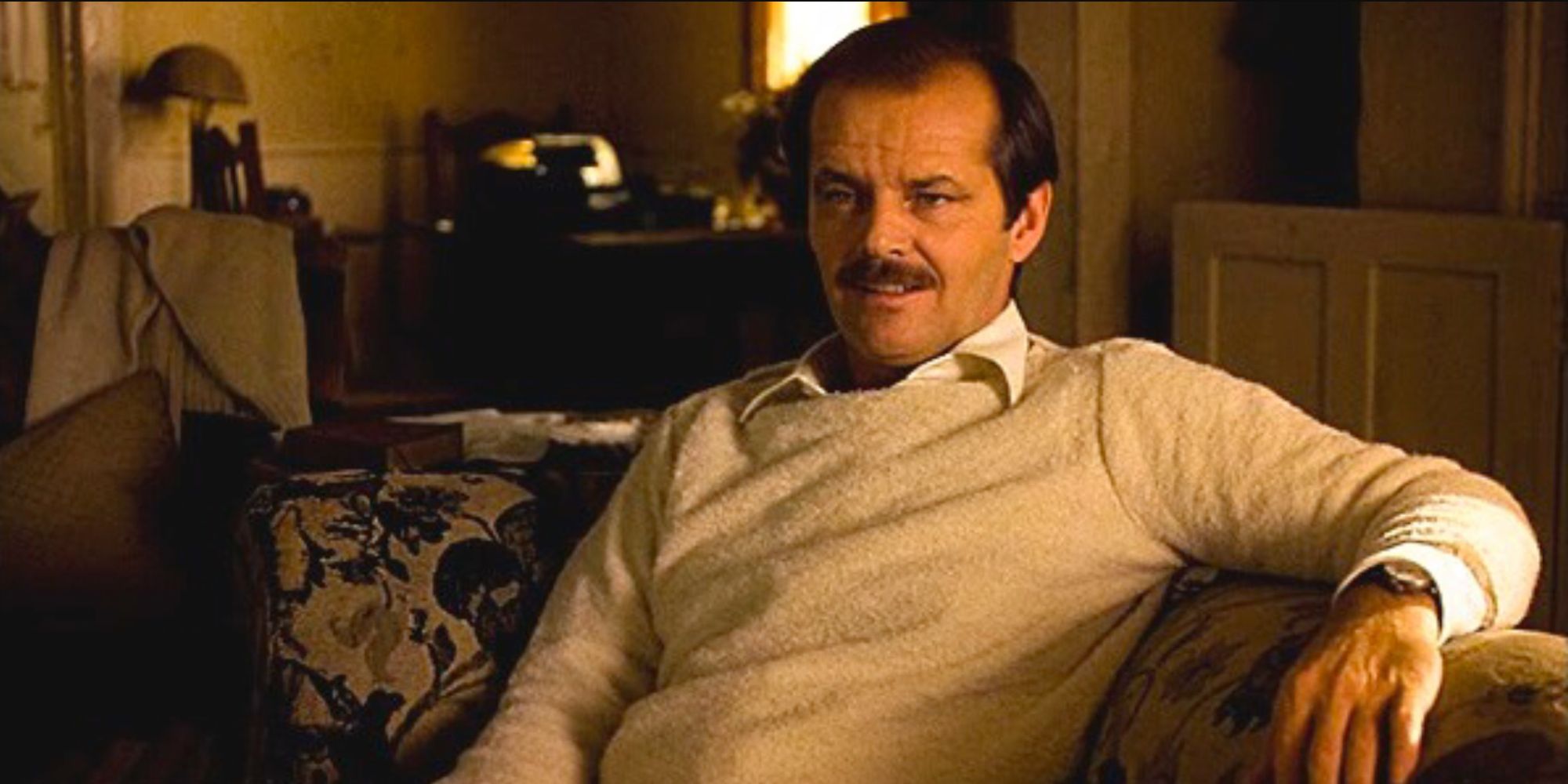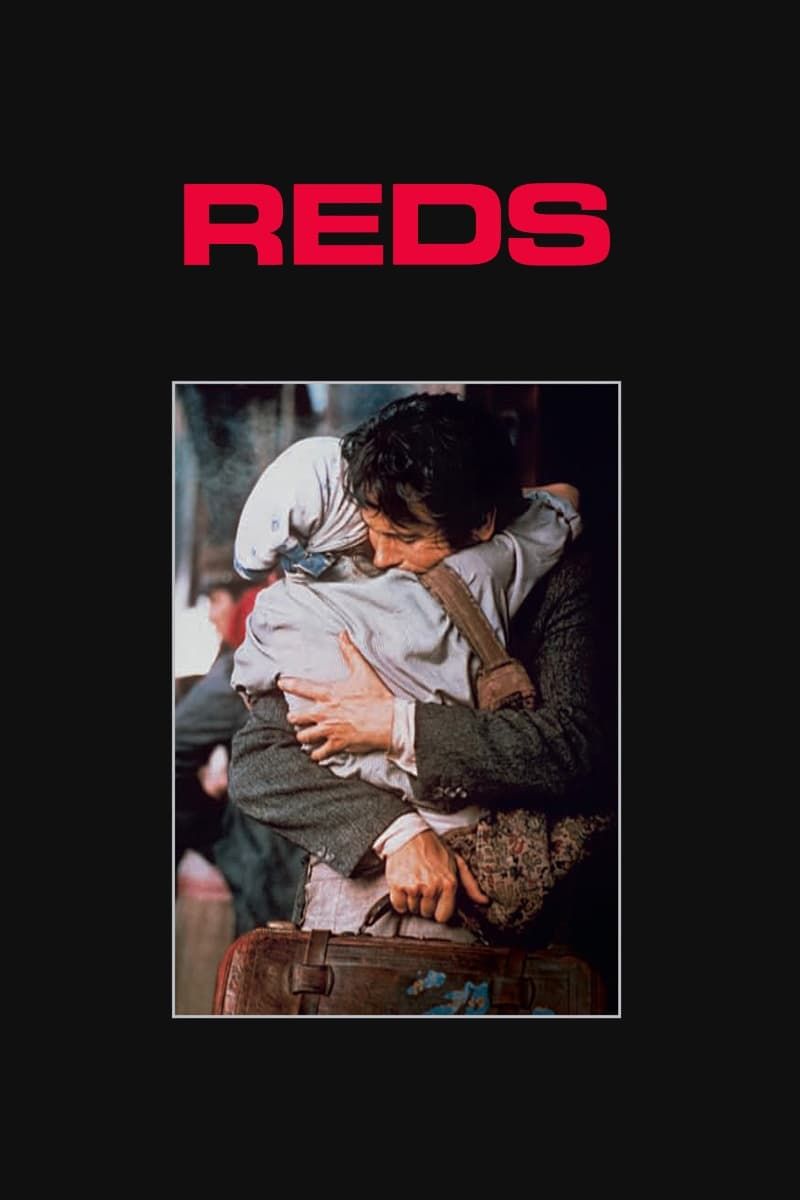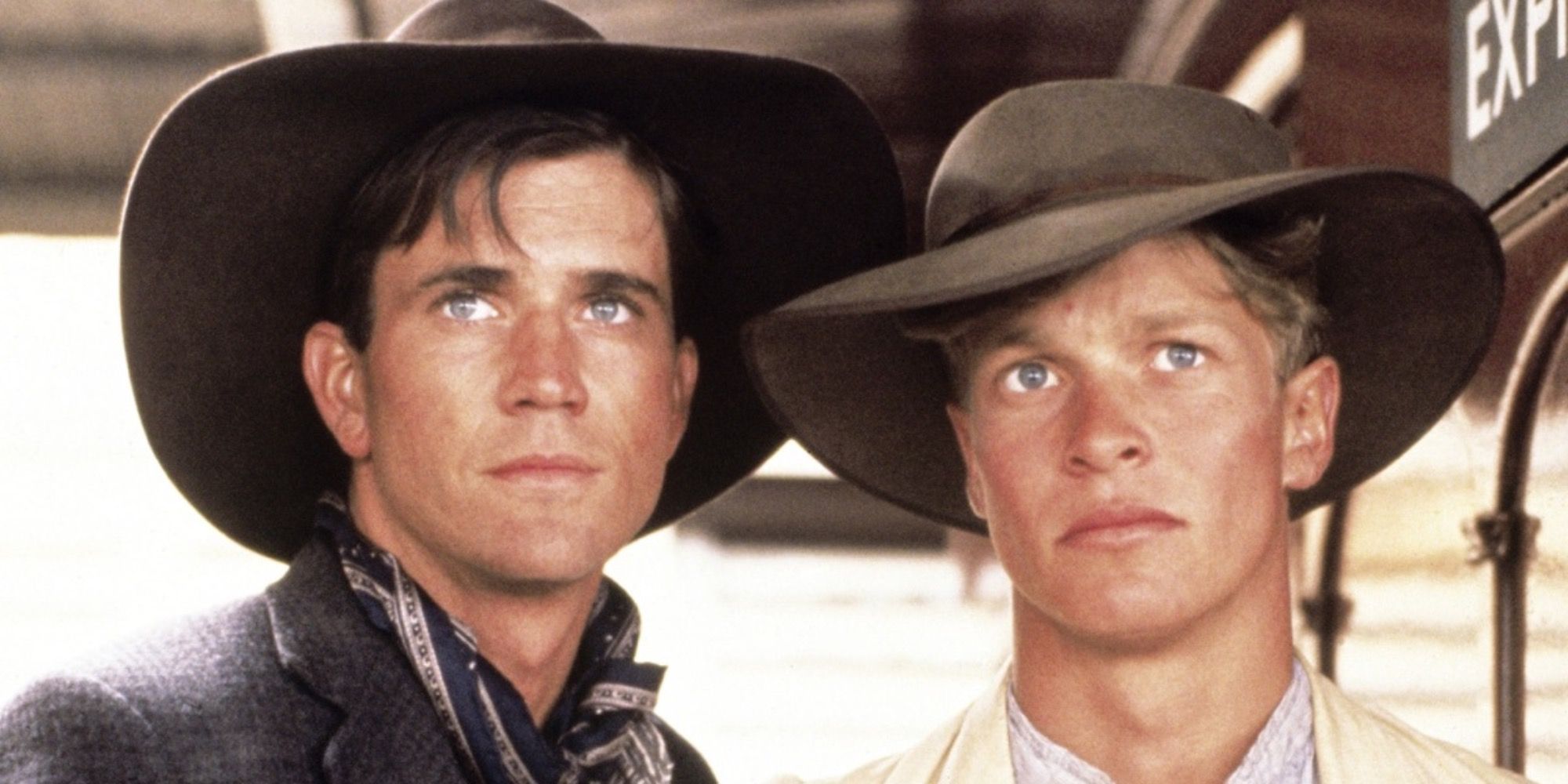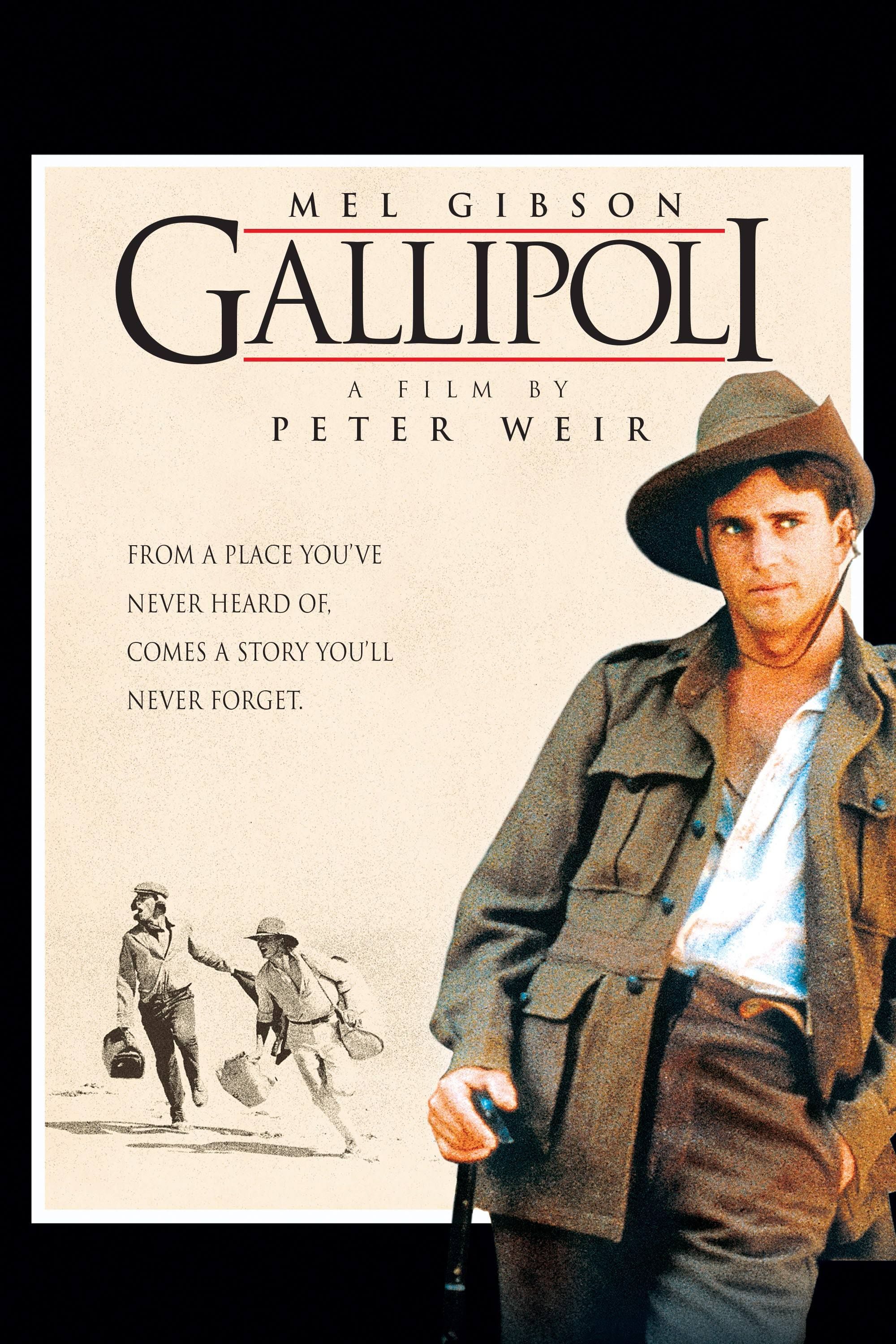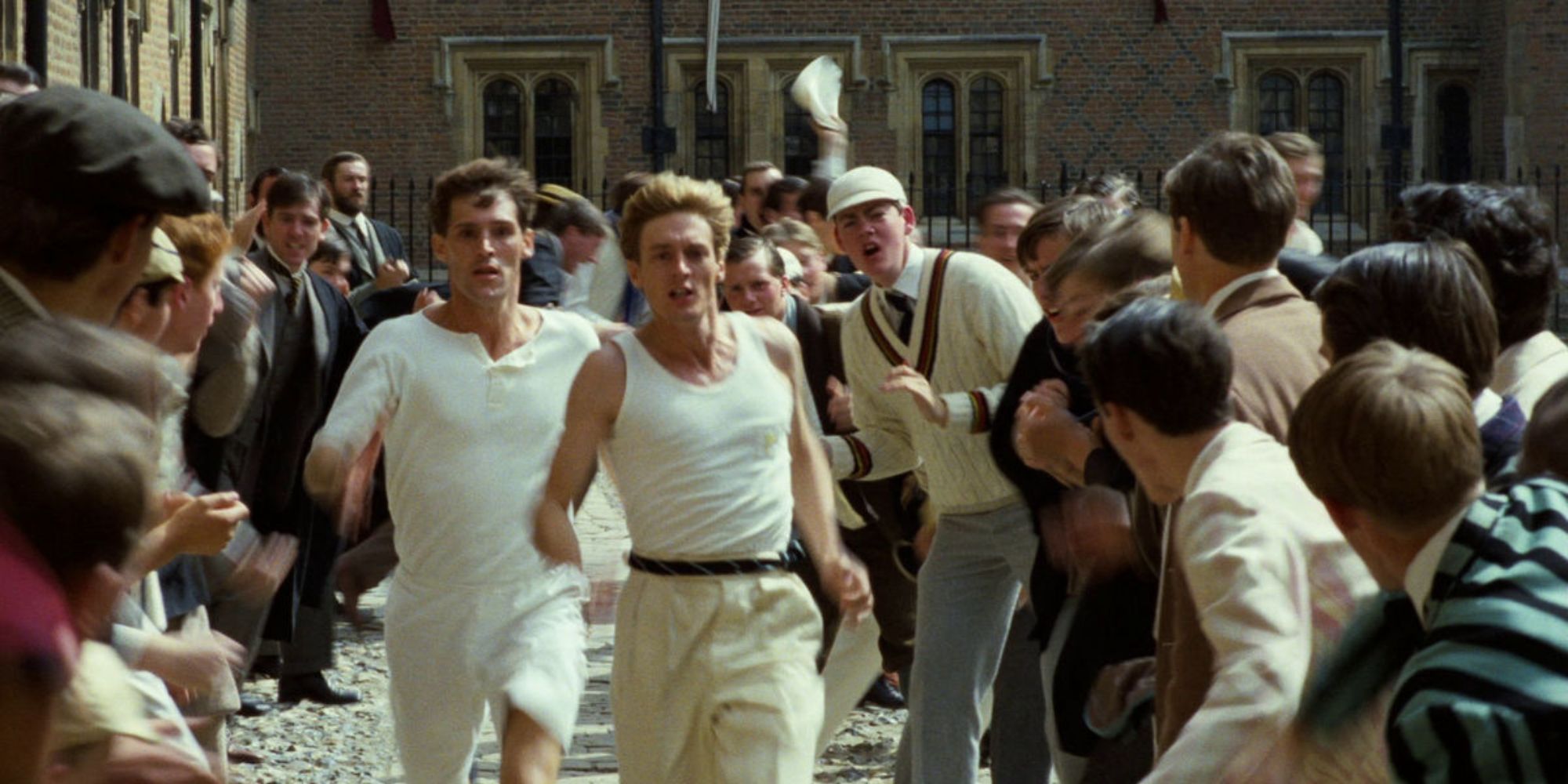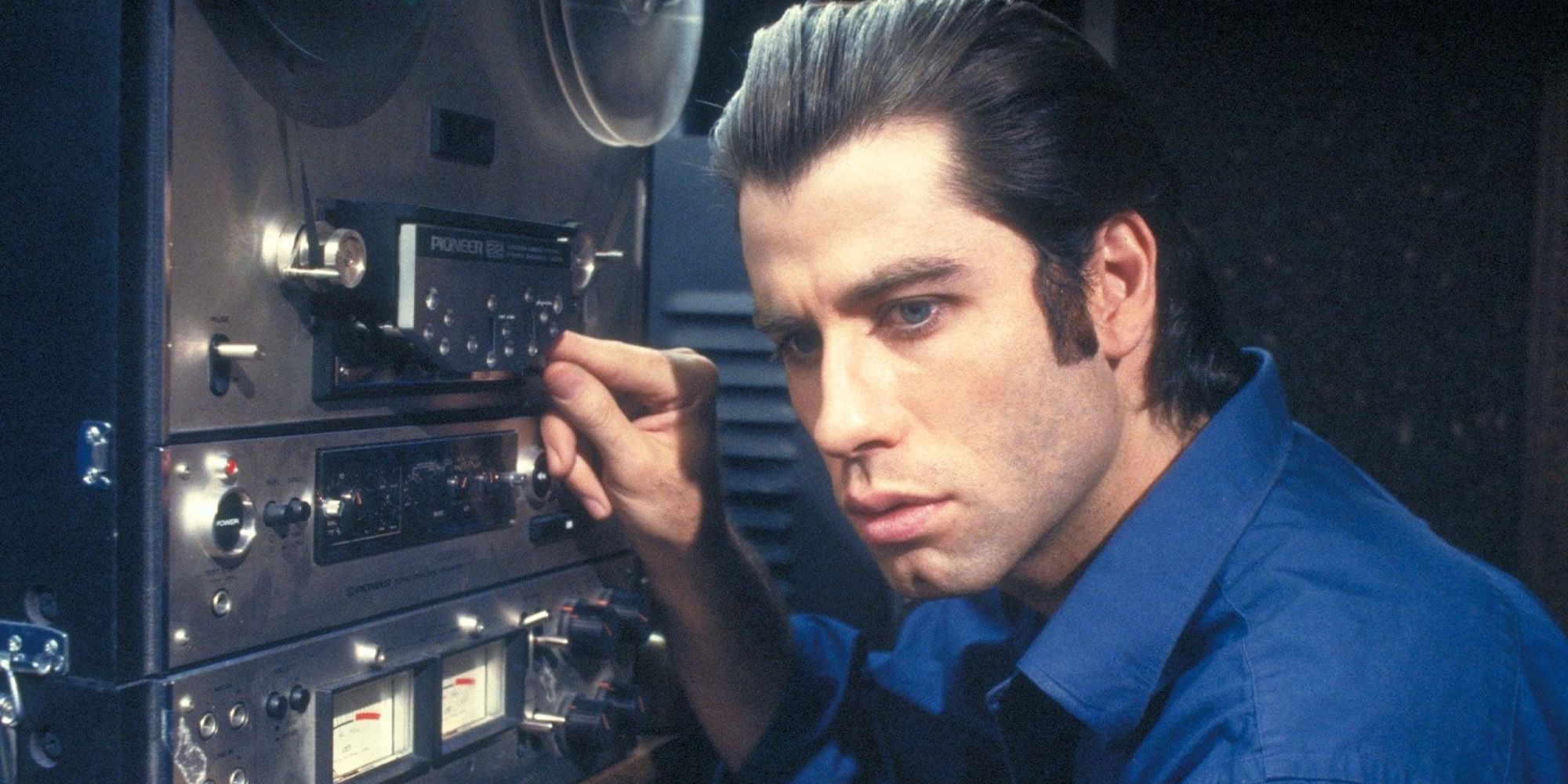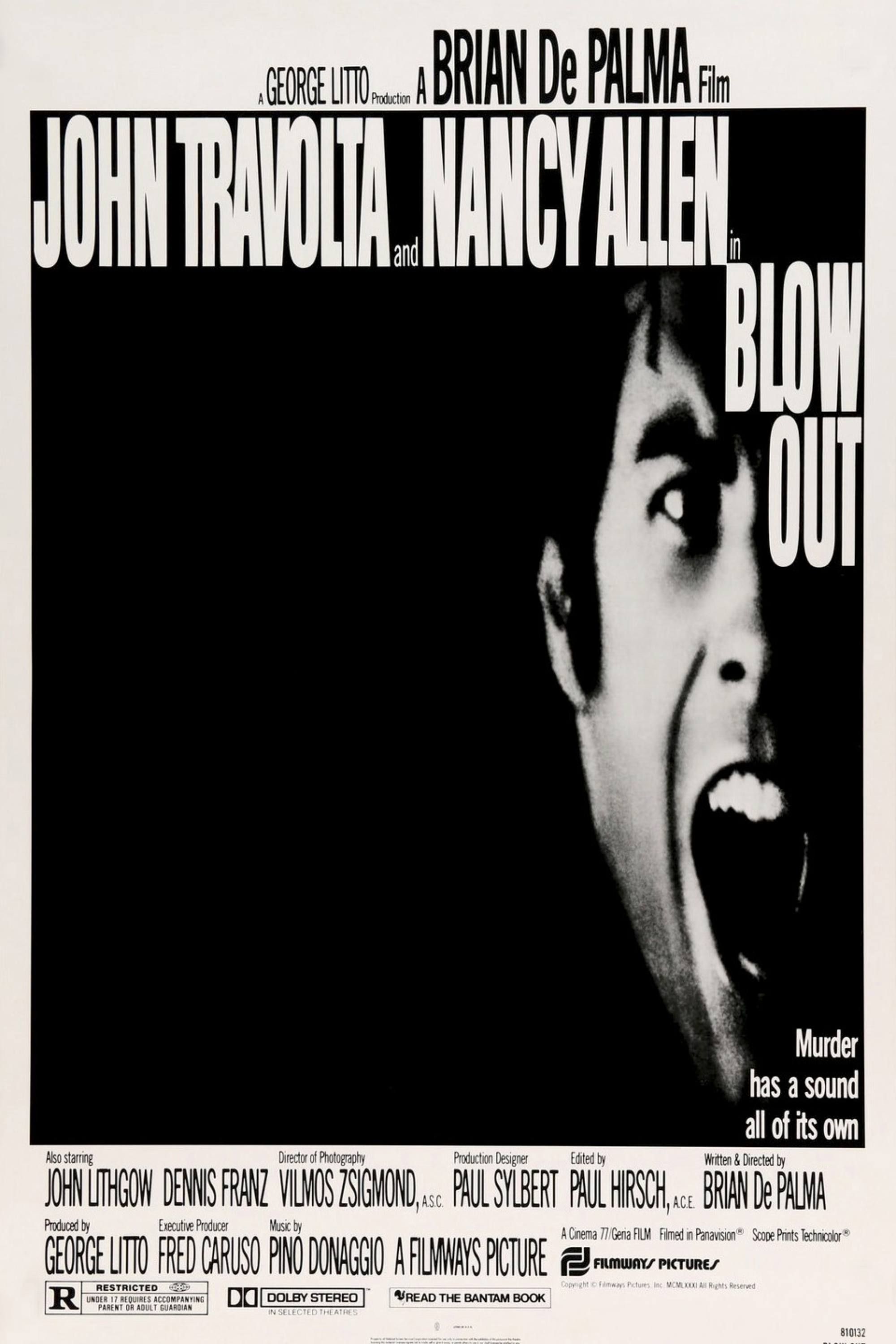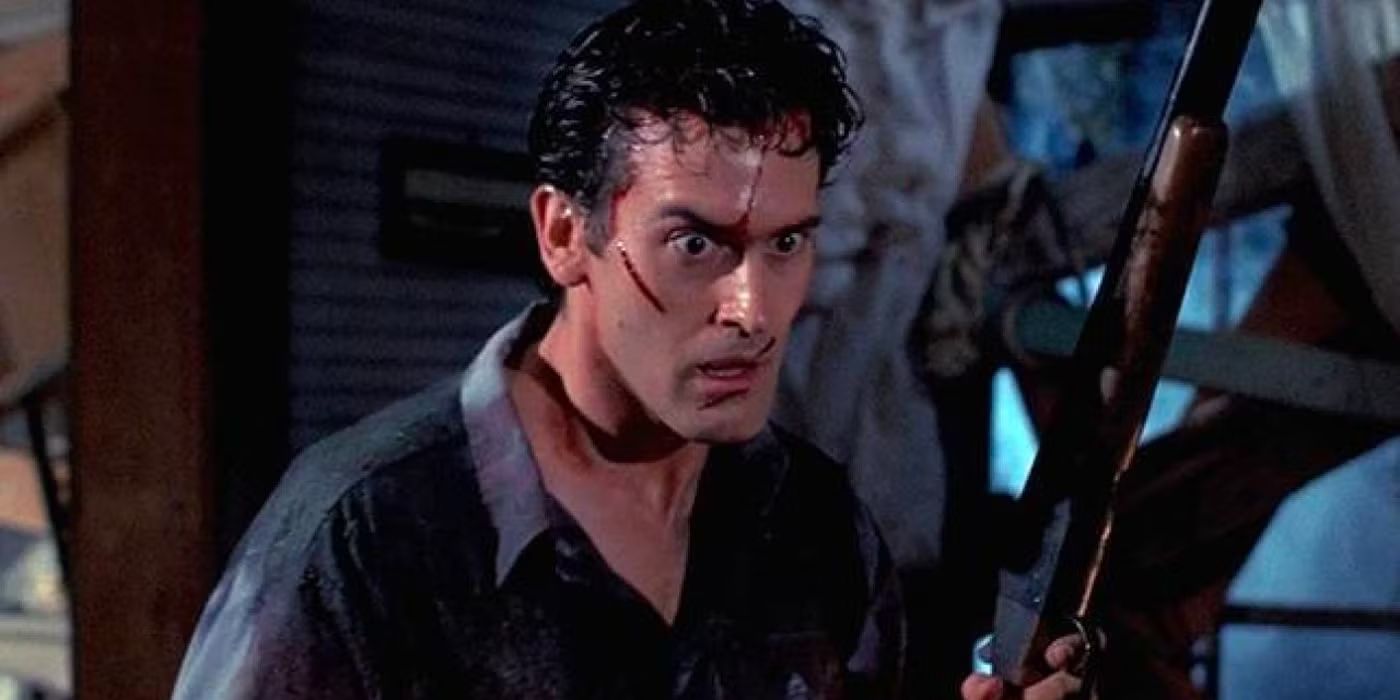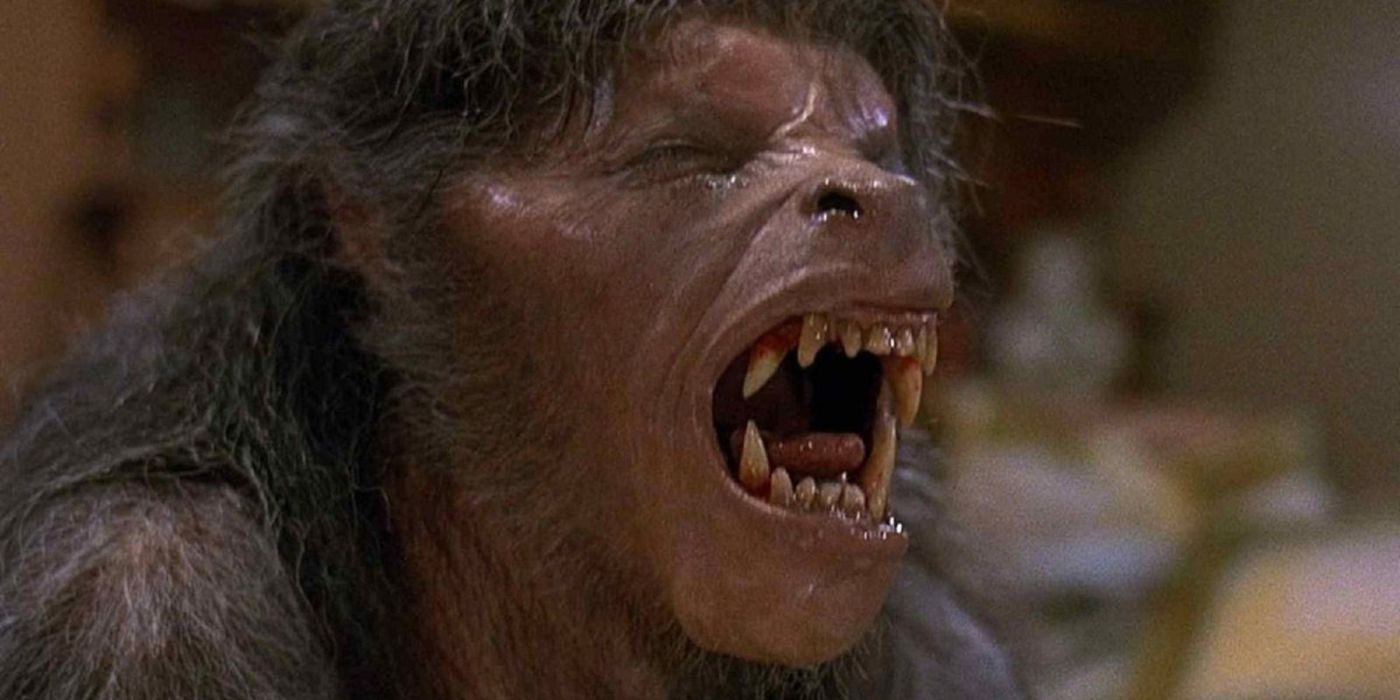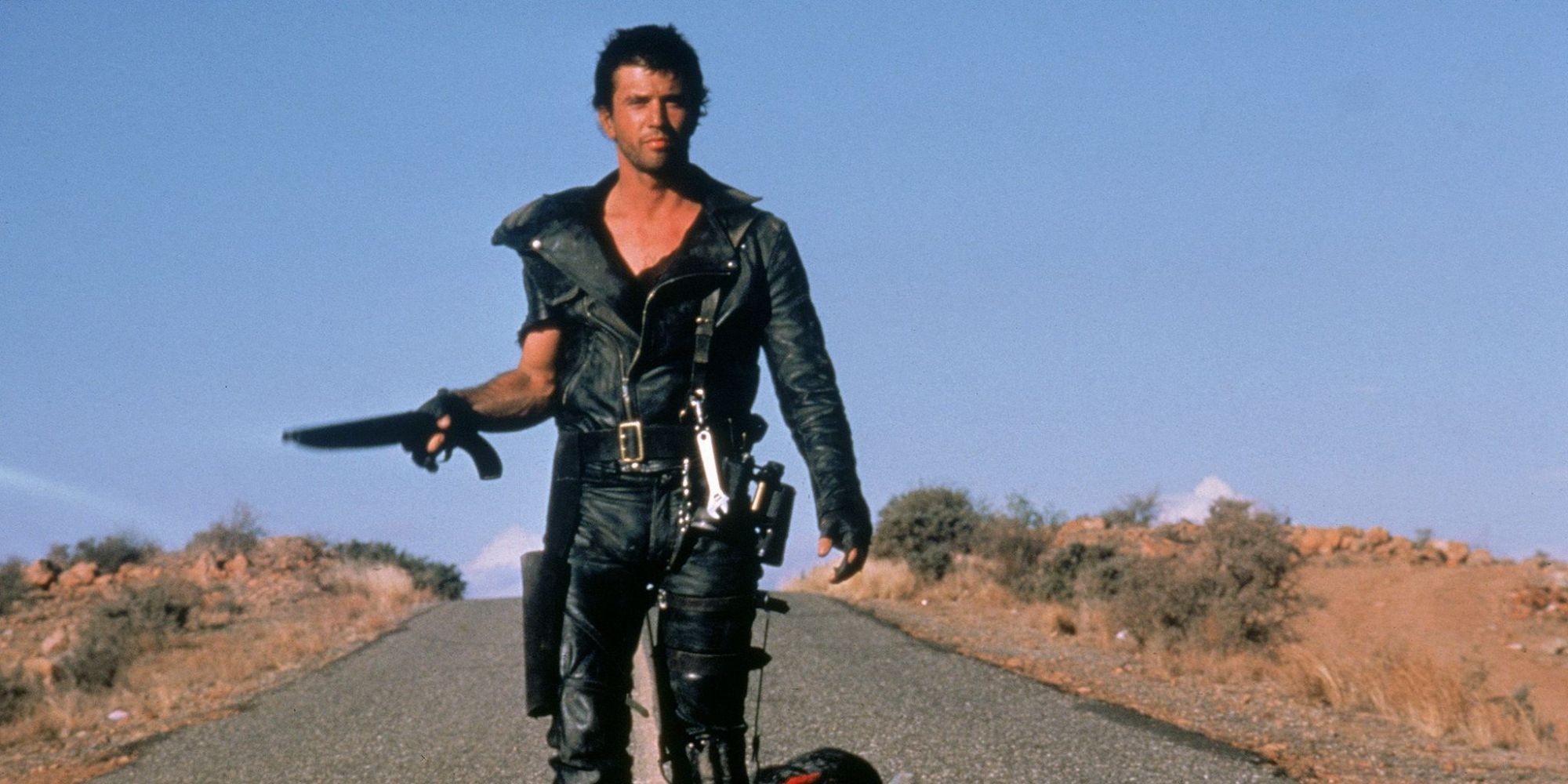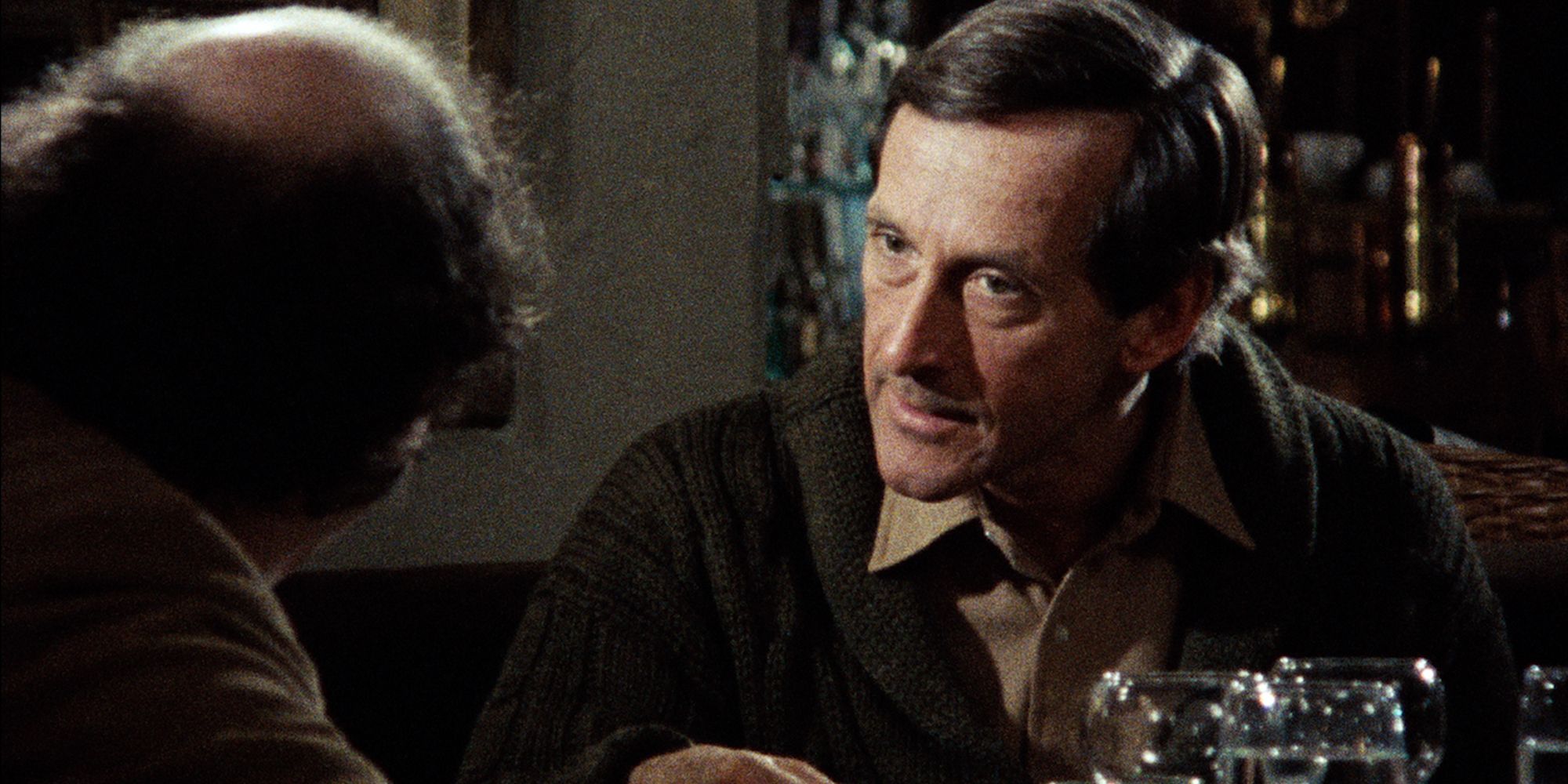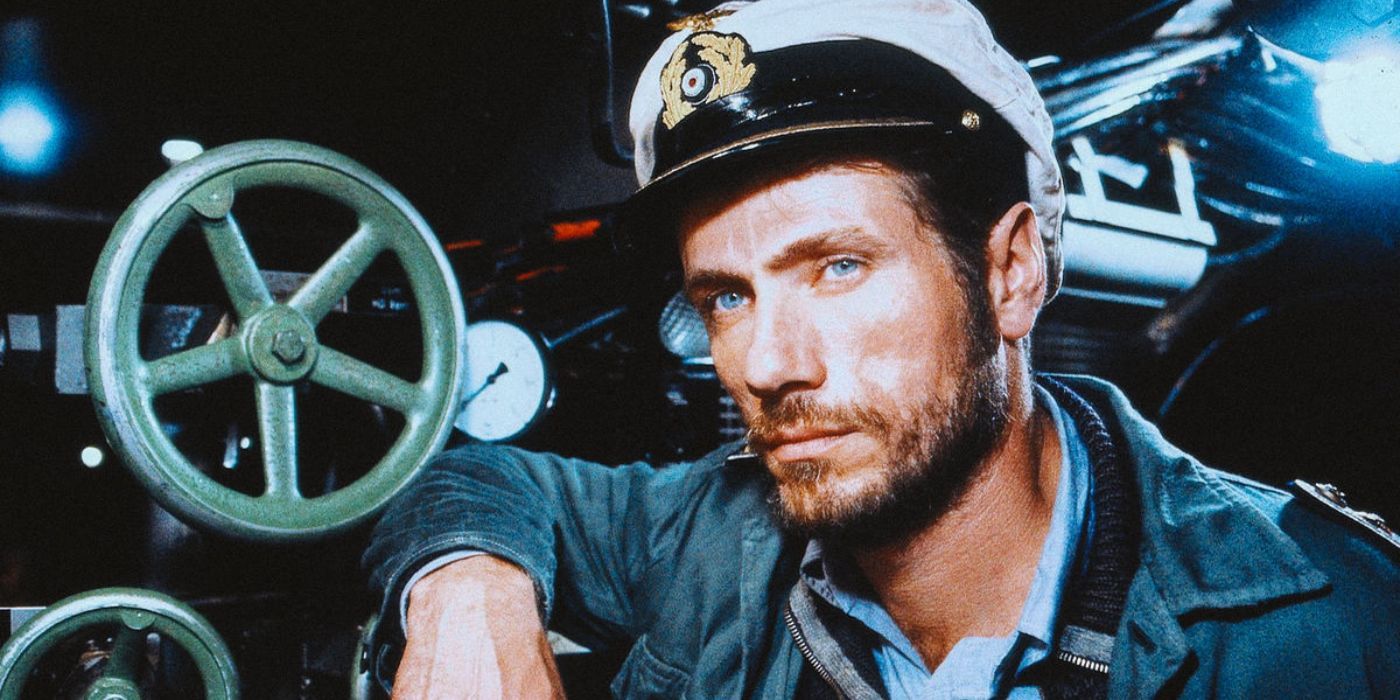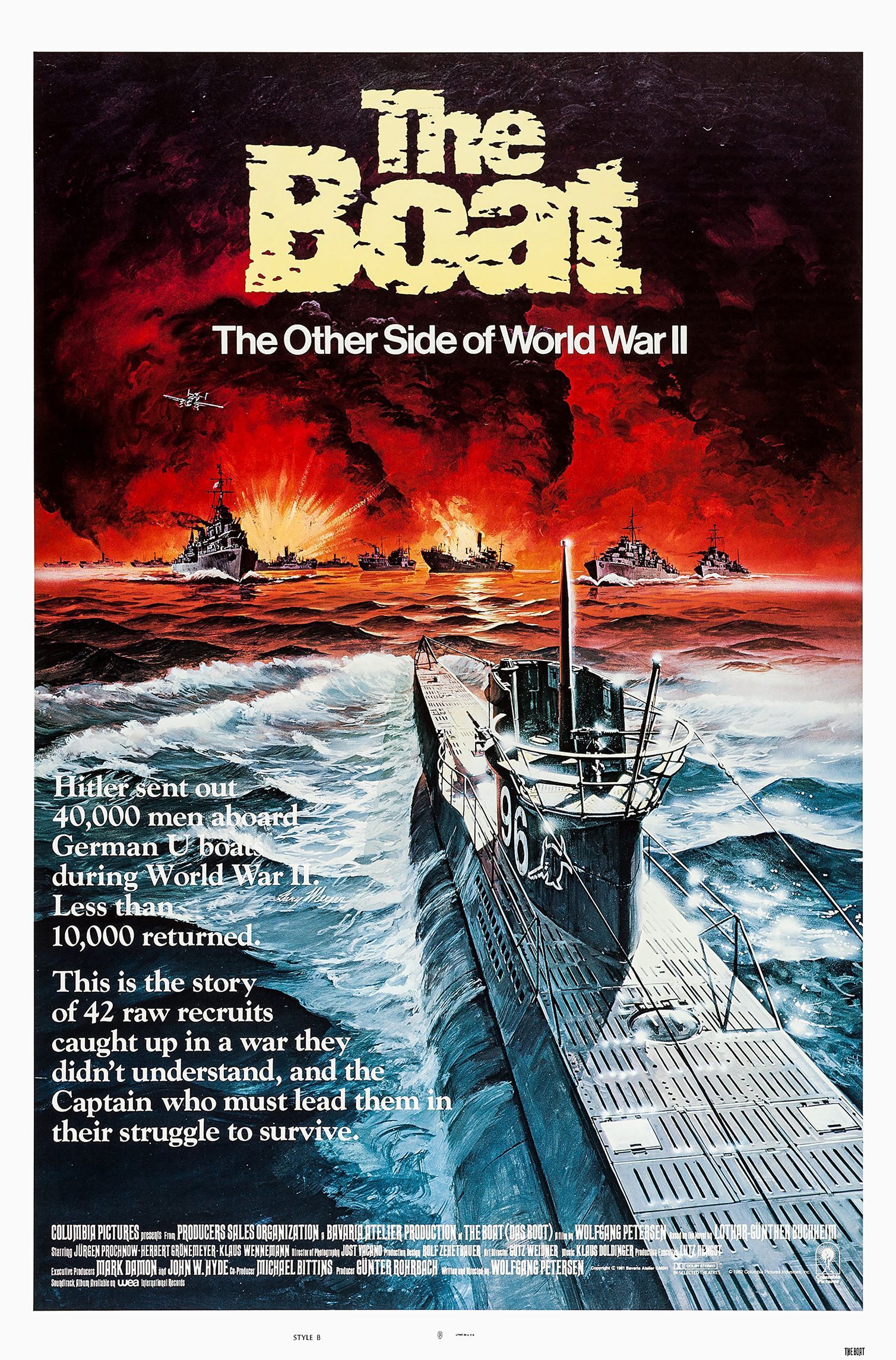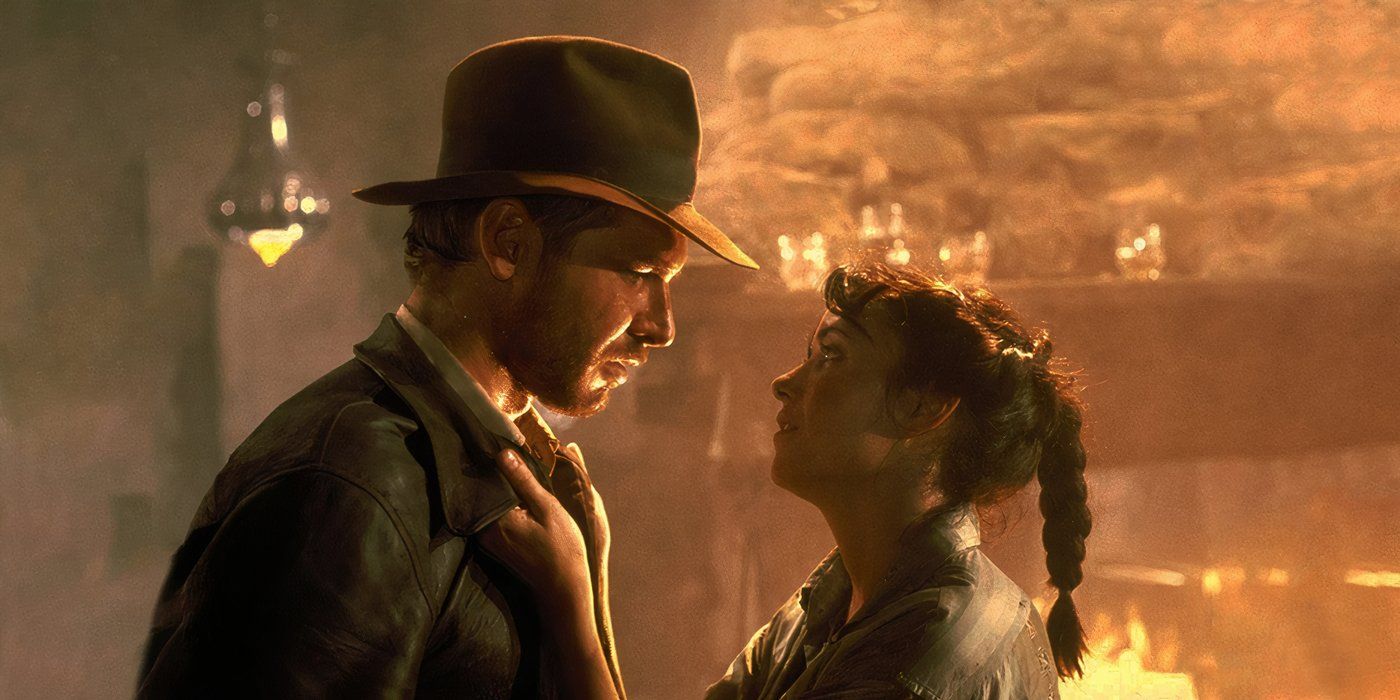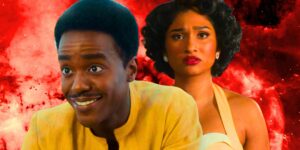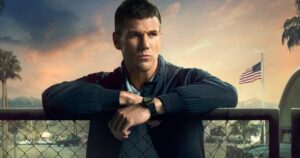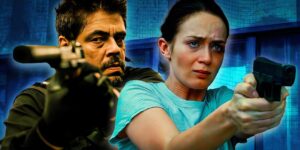10 Most Essential Movies of 1981, Ranked
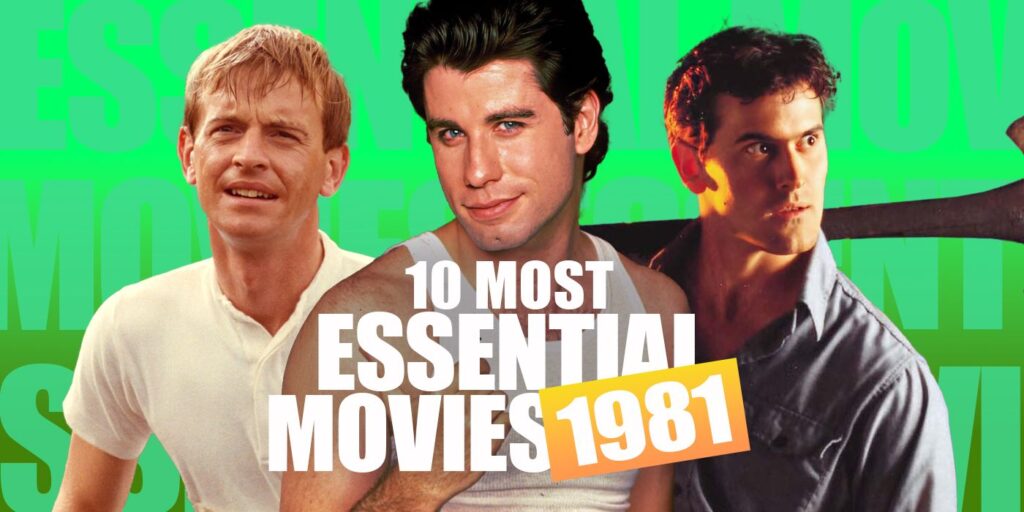
By 1981, cinema had fully stepped into the post-1970s era—less about revolution, more about reinvention. The indie scene was sharpening its edge, studio films were redefining genre boundaries, and global cinema was quietly doing some of its most ambitious work to date. This was the year where politics met passion, horror got wild and weird, action became mythic, and conversation itself turned cinematic.
With this in mind, this list ranks some of the must-see movies from that year. These ten projects vary in tone and subject matter, covering everything from intimate to operatic, experimental to crowd-pleasing. All of them are worth seeing at least once.
10
‘Reds’ (1981)
Directed by Warren Beatty
“When it comes to revolution, some people are just tourists.” Reds tells the sweeping true story of journalist John Reed (Warren Beatty, who also directs), who chronicled the Russian Revolution in his book Ten Days That Shook the World. At the center of the narrative is Reed’s passionate and tempestuous relationship with writer Louise Bryant (Diane Keaton), set against the backdrop of a world in upheaval. Real-life interviews add to the realism.
The result is a very ambitious movie that Reds boldly tackles political idealism, revolutionary zeal, and romantic entanglement. It’s over three hours long, but every minute feels earned, even if some stretches are a little inconsistent. It’s occasionally a little too mythic, too in awe of its subject, but the strong performances make up for any tonal missteps. Beatty is intense, Keaton is fiery and vulnerable, and Jack Nicholson turns in a magnetic supporting performance as playwright Eugene O’Neill.
9
‘Gallipoli’ (1981)
Directed by Peter Weir
“I’ll see you when I see you.” This war film follows two young Australians, Frank (Mel Gibson) and Archy (Mark Lee), who meet at a footrace and bond over shared dreams before enlisting to fight in World War I. What begins with sunlit optimism and male camaraderie slowly turns into a meditation on innocence lost and the senseless brutality of war. By the time they reach the trenches of Gallipoli, the tone has shifted completely—hope curdling into horror.
This deeply affecting movie was helmed by Peter Weir (Picnic at Hanging Rock, Dead Poets Society), and he handles the material sensitively. In particular, he gives Gibson and Lee room to flesh out their roles deeply, turning their stories into an achingly real character study. It culminates in a memorable final scene, a freeze-frame that echoes with silence and futility, ranking among the most powerful anti-war statements ever committed to film.
8
‘Chariots of Fire’ (1981)
Directed by Hugh Hudson
“I believe God made me for a purpose.” This Best Picture winner focuses on two British runners in the 1924 Olympics—Harold Abrahams (Ben Cross), a Jewish outsider battling class prejudice, and Eric Liddell (Ian Charleson), a devout Christian who sees running as a form of divine worship. The film dives into their parallel journeys, their principles, and their pursuit of excellence, each striving for something bigger than medals.
Although best remembered for its iconic Vangelis score and slow-motion beach running, Chariots of Fire is far more than its most parodied sequence. It’s a deeply thoughtful, quietly stirring story with polish, musicality, and deeply felt character arcs. Hugh Hudson directs with elegance, allowing emotion to simmer rather than boil. At times, he seems to channel the opulence of Golden Age Hollywood. The themes of conviction, integrity, and discipline still resonate, particularly in an age where sports often serve as pure spectacle (and where doping and cheating always loom).
7
‘Blow Out’ (1981)
Directed by Brian De Palma
“Now do you believe there was a gunshot?” Ranking among Brian De Palma‘s very best work, Blow Out reimagines Michelangelo Antonioni‘s Blow-Up with a sonic focus and even more style. It features a stellar John Travolta as Jack Terry, a movie sound technician who inadvertently records a car accident that may actually be an assassination. As he obsessively pieces together audio fragments and film footage, the film transforms into a suspenseful, deeply paranoid thriller that spirals into tragedy.
Travolta gives one of his best performances—subdued, intelligent, haunted—as a man realizing too late that he can’t save anyone. On the technical side, De Palma flexes his muscles with grimy cityscapes, fluid tracking shots, and signature split-screens that heighten tension by showing action in parallel rather than sequence. The director uses this aesthetic to make a bleak commentary on the fragility of truth in a world driven by spectacle and deception. That he does so while keeping everything operatic, gut-punching, and entertaining is even more impressive.
6
‘The Evil Dead’ (1981)
Directed by Sam Raimi
“Join us!” The legendary Evil Dead begins with a simple premise: five friends travel to a remote cabin where they accidentally unleash an ancient evil via a mysterious book and tape recorder. What follows is a nonstop barrage of possessions, dismemberments, and screaming demonic taunts as each character is gruesomely overtaken one by one. It’s unhinged, inventive, and absolutely unrelenting, a remarkable little movie made on a shoestring budget by a bunch of fearless twenty-somethings in the woods.
Sam Raimi‘s direction is the secret weapon here. He turns limited resources into an asset, using every trick in the book (and some he made up along the way) to wring maximum tension and terror from every frame. The gore is graphic, yes, but it’s also surreal and creative in a way that separates the movie from most 1980s horrors. The final piece of the puzzle is the committed performance from the up-for-anything Bruce Campbell.
5
‘An American Werewolf in London’ (1981)
Directed by John Landis
“I didn’t mean to call you a meatloaf, Jack.” This comedy horror gem centers on two American backpackers, David (David Naughton) and Jack (Griffin Dunne), who are attacked on the moors by a werewolf. Jack is killed and returns as a decomposing, wisecracking ghost, while David, bitten but alive, slowly realizes he’s become the next link in a grisly supernatural chain. As the full moon nears, David’s transformation into a werewolf becomes inevitable—and unforgettable.
A genre hybrid that shouldn’t work as well as it does, An American Werewolf in London blends pitch-black comedy, sincere romance, and grotesque horror into something wholly original. Director John Landis walks a tonal tightrope, veering from haunting nightmares and tragic introspection to absurd, Monty Python-style gags. The dialogue is peppered with nods to lycanthropic lore, and the soundtrack leans into the theme with delicious irony—”Blue Moon” and “Bad Moon Rising” do much of the atmospheric heavy lifting. This quirky approach would greatly influence Edgar Wright, among many others.
4
‘The Road Warrior’ (1981)
Directed by George Miller
“I am the chosen one. The mighty hand of vengeance sent down to strike the unroadworthy!” If Mad Max hinted at a dystopian future, The Road Warrior kicked the door open with a roar of engines and a flurry of flying car parts. Set in a post-apocalyptic wasteland where fuel is currency and survival is everything, the story follows Max Rockatansky (Mel Gibson), a former cop turned drifting loner, as he helps a ragtag community defend their oil refinery from a gang of savage marauders.
George Miller transforms the barren desert into a stage for mythmaking, crafting action sequences that feel still raw and timeless. The final chase—13 minutes of perfectly orchestrated vehicular chaos—is a pure delight. The emotions and characterization are occasionally a little lacking (Gibson is often just a little too stoic), but the action and the junkyard-like vision of the future were deeply influential.
3
‘My Dinner with Andre’ (1981)
Directed by Louis Malle
“I just don’t know what I’m doing. I mean, I wake up in the morning, and I think—what the hell am I doing here?” On the complete opposite end of the cinematic spectrum is the intimate, dialogue-driven My Dinner with Andre. It’s about two men who meet at a restaurant in New York and talk. That’s it. But what unfolds over the course of their meal is one of the most intellectually provocative films ever made.
The conversation between theater director Andre (Andre Gregory) and playwright Wally (Wallace Shawn) begins with anecdotes and spiritual musings before evolving into a clash of worldviews—one steeped in mystical searching, the other in grounded skepticism. The tension comes from Gregory’s romanticism meeting Shawn’s realism. What’s impressive is how cinematic it all feels despite the static setting. Louis Malle’s direction is virtually invisible, allowing the performances and dialogue to carry the weight. Fundamentally, the movie is more about questions than answers.
2
‘Das Boot’ (1981)
Directed by Wolfgang Petersen
“The boat is small, but it feels like a world.” Das Boot might be the most claustrophobic war film ever made, and that’s exactly what makes it so gripping. Set almost entirely within a German U-boat during World War II, it plunges viewers into the damp, rattling, creaking steel tomb that houses a young and increasingly exhausted crew. They endure boredom, fear, malfunction, and depth-charge attacks from above.
The film’s mechanical realism—thanks to its full-scale sub replicas (which cost a fortune) and tight camera work—draws the audience deep into the steel belly of the boat, where fear and survival jostle for dominance. In the process, director Wolfgang Petersen turns the story of a single crew into a suspense-laden epic. It’s less about patriotism and more about war’s psychological toll. The slower early parts may test the viewer’s patience, but once combat begins, things quickly heat up. Not for nothing, Das Boot is frequently ranked among the greatest German films ever made.
1
‘Raiders of the Lost Ark’ (1981)
Directed by Steven Spielberg
“It’s not the years, honey, it’s the mileage.” Claiming the top spot on this list is the incredibly enjoyable Raiders of the Lost Ark. Spielberg’s tribute to old serials and pulp novels introduced the world to Indiana Jones (Harrison Ford), kicking off a mega-franchise. Indy’s quest to find the Ark of the Covenant before the Nazis do is a masterclass in pacing, tone, and blockbuster filmmaking. From booby-trapped temples to truck chases, every set piece is iconic.
While action cinema has only gotten bigger and louder, few sequences match Raiders for its choreography, grit, and grounded physicality. Spielberg orchestrates all this chaos with complete control. Then there are the memorable, lovable characters; Ford’s gruff charm grounds the spectacle, while Karen Allen’s Marion Ravenwood is a refreshingly tough, smart companion. The script crackles with wit and John Williams‘ score soars. In the end, Raiders of the Lost Ark isn’t just a movie—it’s pure adventure alchemy.

